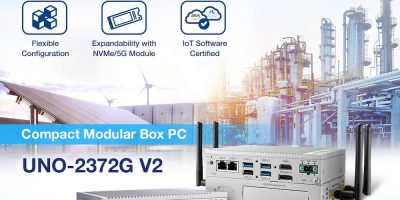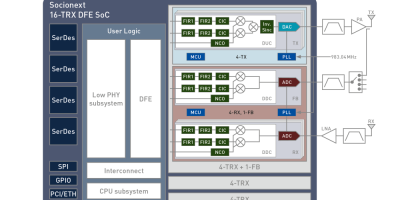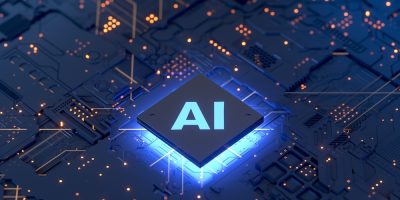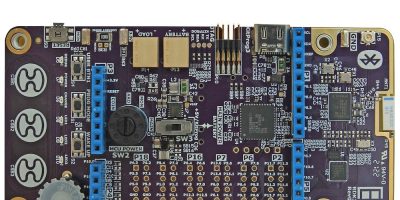The UNO-2372G V2 is an Elkhart Lake-based compact modular box PC by Advantech. It is the latest addition to the company’s UNO-2000 series of embedded automation, rugged, fanless computer systems.
The modular design of the UNO-2372G V2 offers vigorous computing performance and flexible scalability with various I/O ports to support IoT connectivity. The UNO-2372G V2 features high processing capacity, 4K resolution display ports, optimised I/O port and expansion options to support wire/wireless IoT edge data transmission and processing.
The compact and scalable system has high stability and features Intel Celeron J6412 quad-core processor with 8Gbyte DDR4 memory. It can be equipped with an optional second stack for supporting an extension iDoor module, including wireless connectivity, industrial fieldbus and more I/O ports. It also supports NVME storage with high data transmission efficiency.
The UNO-2372G V2 is an industrial computing edge device for data acquisition, analytics and nearly instantaneously transmission with a high throughput network, such as 5G, creating a more comprehensive experience for the user, and enable digital transformation in industrial 4.0 era.
The PC features a new modular design with flexible expansion by adding second expansion module, enhancing the depth and breadth of the industrial application.
The UNO-2372G V2 can be used with temperature, humidity, air quality or light sensors to operates as a remote monitor to help control environment or equipment condition.
Advantech specialises in the fields of IoT intelligent systems and embedded platforms. To embrace the trends of IoT, big data, and artificial intelligence, Advantech promotes IoT hardware and software solutions with the Edge Intelligence WISE-PaaS core to assist business partners and clients in connecting their industrial chains. Advantech is also working with business partners to co-create business ecosystems that accelerate the goal of industrial intelligence.
Advantech is exhibiting at Embedded World 2023 – Hall 3-339.







